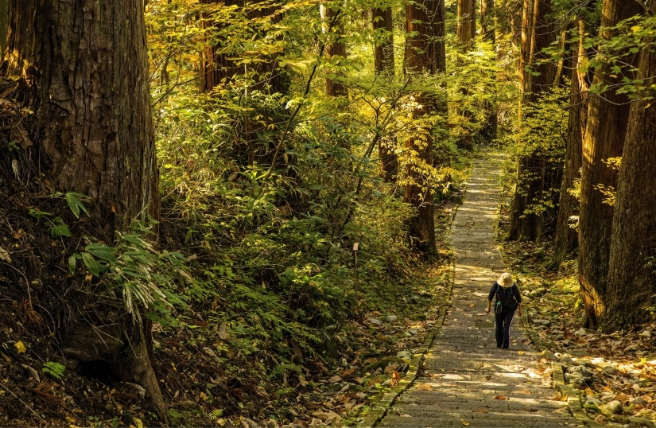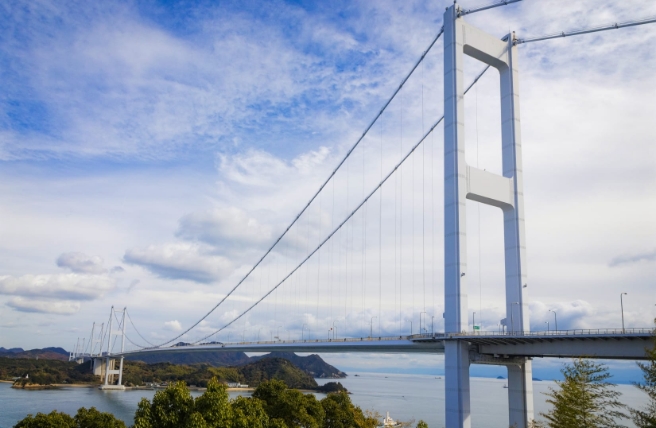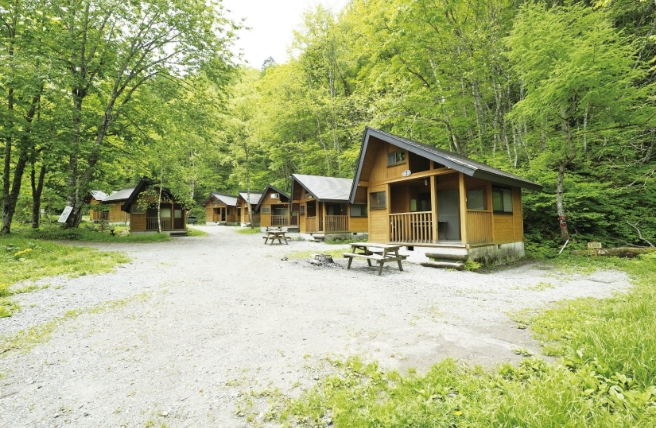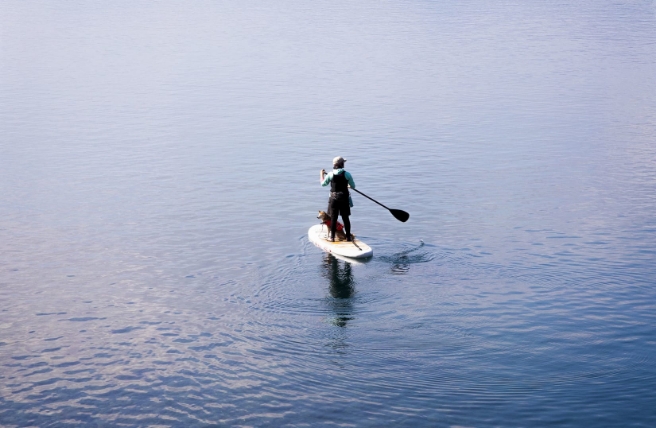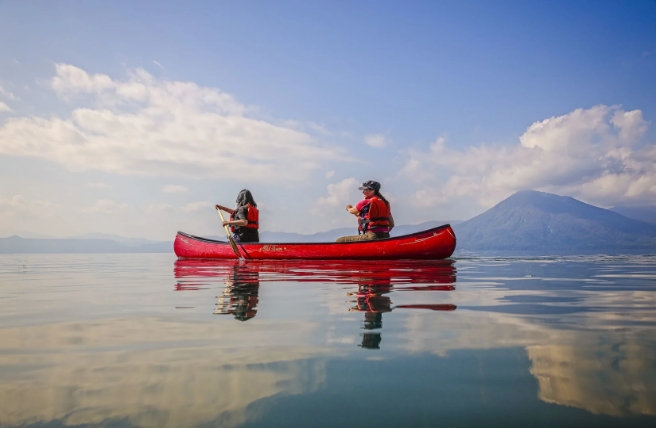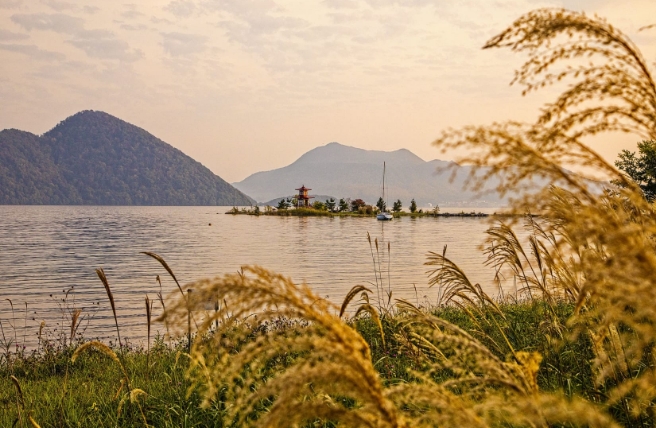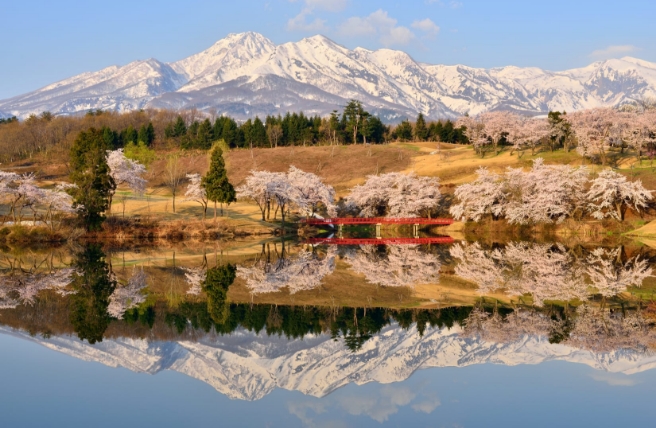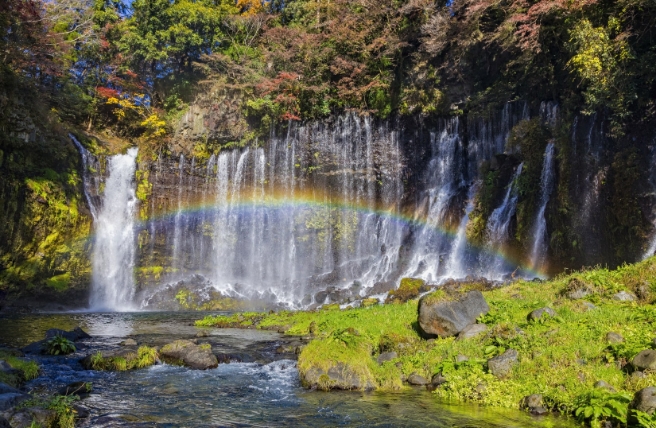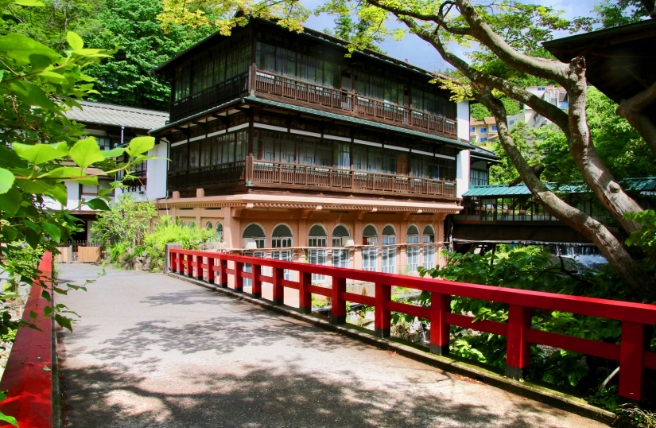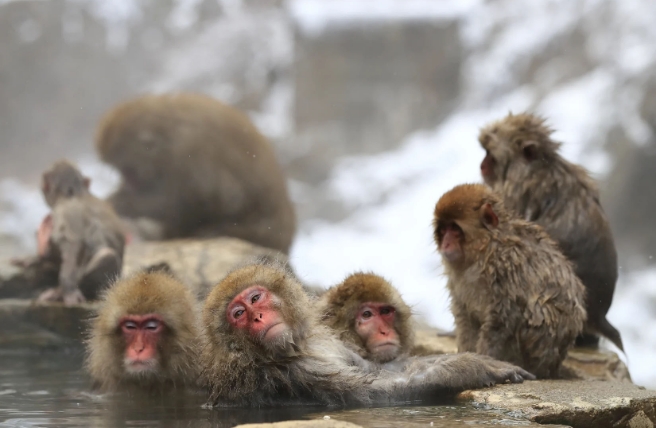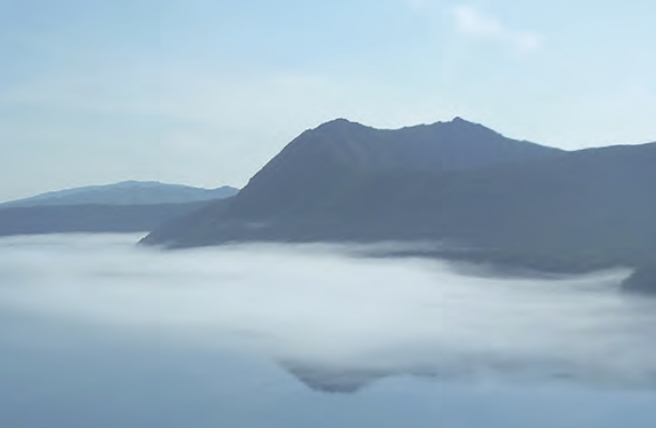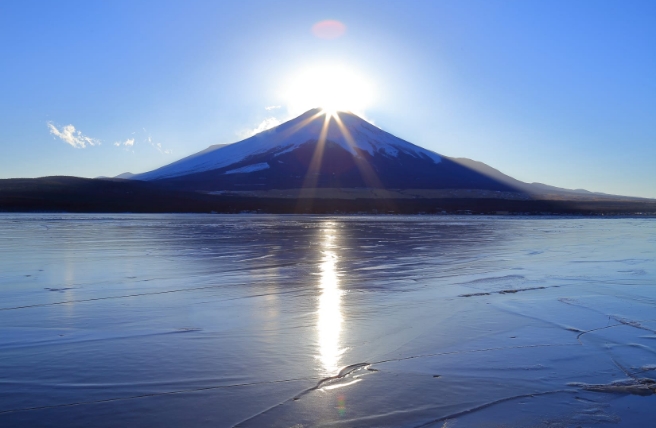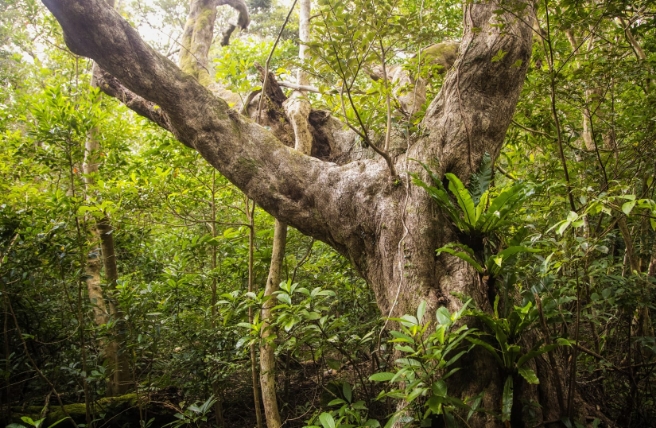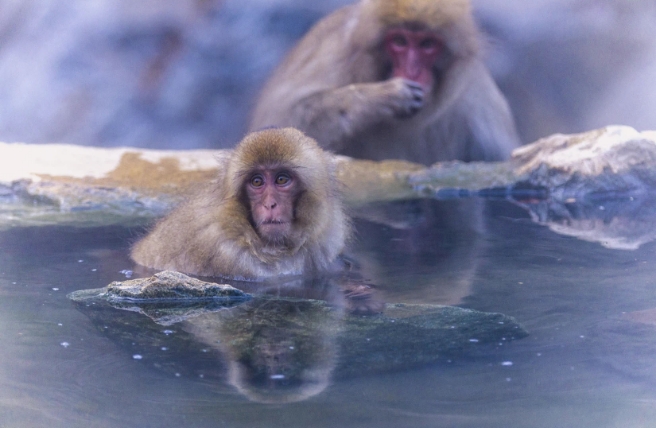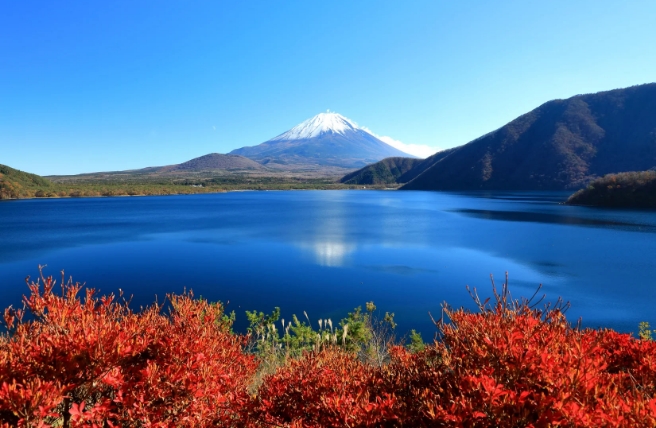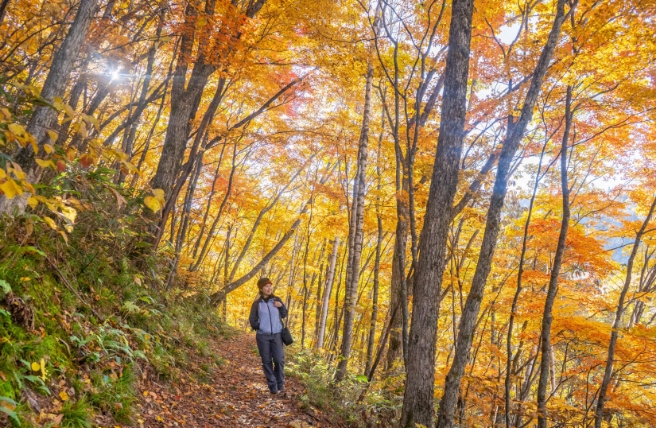The recent launch of this 400-kilometer trail has opened the wonders of Hokkaido’s spectacular landscape to the world of long-distance hiking
Long-distance trails have long captured the imagination of adventurers worldwide. From Spain’s Camino de Santiago to the Appalachian Trail in the U.S., Sweden’s Kings Way. New Zealand’s Te Araroa Trail, and Bhutan’s Snowman Trek, these trails offer travelers the opportunity to experience nature in ways that are worlds apart from the fast-paced, tourist-heavy approach of today’s typical travel itineraries. Many countries are finding these trails to be of great appeal to international as well as domestic adventurers and nature lovers.
Japan, with its rich tradition of pilgrimage routes, is no exception. Its oldest “long trail,” the Saigoku Kannon pilgrimage route, dates back to the year 718 and covers more than 1000 kilometers across western Honshu. The country’s newest long-distance trail, however, is the Hokkaido East Trail. Opened in October 2024, it covers 410 kilometers of some of Japan’s most expansive landscapes, and the route covers all or parts of three regional trails. Developed over three years as a collaboration between the Ministry of the Environment, local municipalities, private organizations and local residents, the trail promises an unforgettable journey to those willing to take on the challenge.

An Immersive Experience in Nature
The Hokkaido East Trail stretches from the southern trail head at Kushiro to the northern point at Rausu, traversing three of Hokkaido’s seven national parks. According to Gen Terayama, a member of the Doto Adventure Network (a group of community-based tour professionals and other stakeholders in east Hokkaido), the three parks showcase an impressive variety of scenic interests. “There are basically six different landscape features along the way,” says Terayama. “Going south to north, the trail passes through marshlands, dairy farmlands, forests, a volcanic caldera, broad farmlands, and rugged coastal terrain.”
The southernmost section of the trail crosses through Kushiroshitsugen National Park, home to Japan’s largest marsh and once inhabited by the indigenous Ainu people. “The landscape here stretches to the horizon, and it is also known for its large dairy farms and the red-crowned crane,” says Terayama. The crane has made a remarkable recovery from the brink of extinction, and is a coveted sight for many visitors.
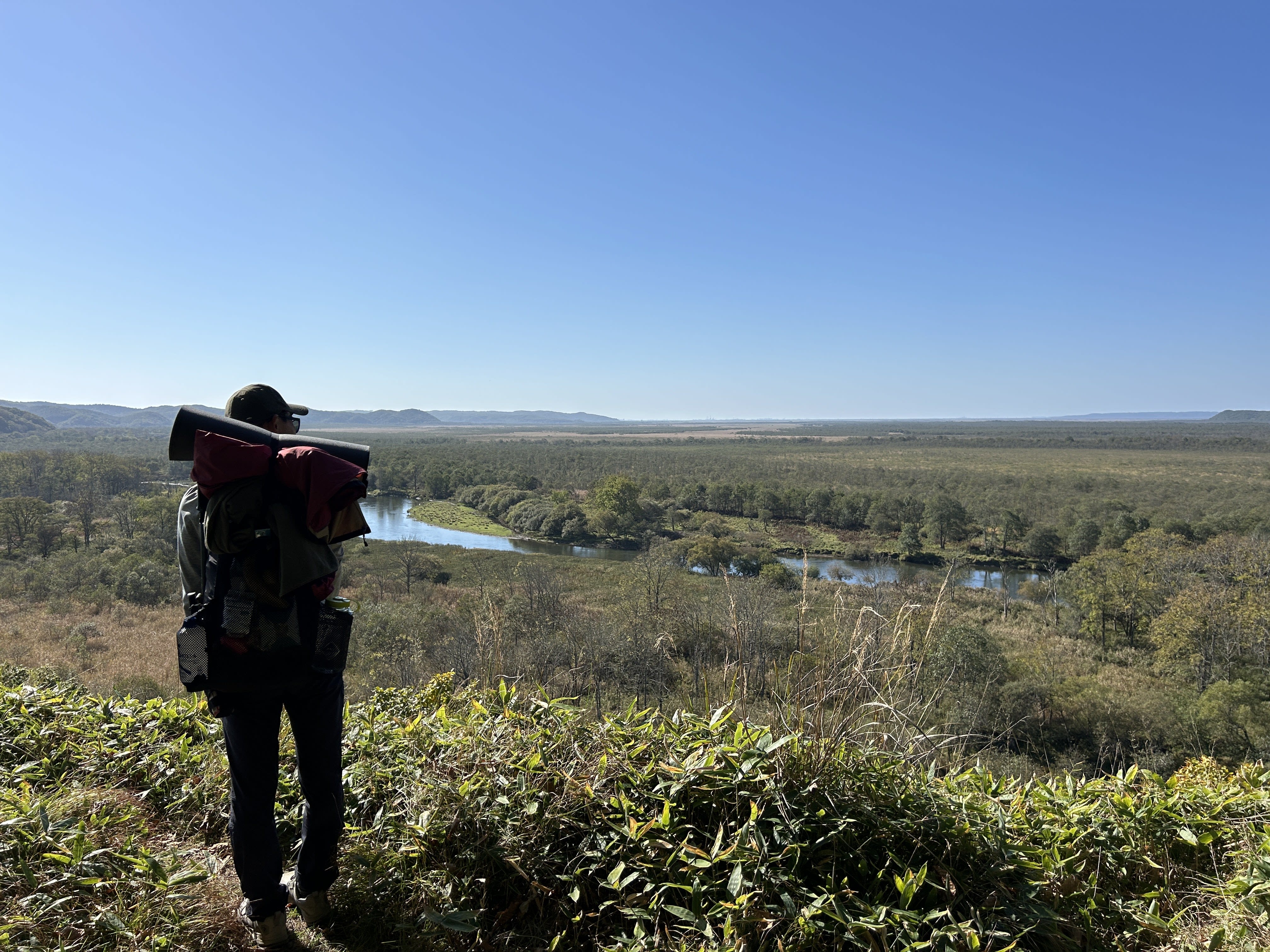
The central part of the trail passes through the Akan-Mashu National Park, an area renowned for its volcanic caldera topography, much of which is still active—and a number of lakes. The region is geologically rich, with numerous hot spring locations, great spots for hikers to relax their tired leg muscles. The route between the caldera and the northern section meanders through vast farmland, where massive tractors work the expansive fields. “This is the most “human-made” part of the landscape along the trail,” says Terayama. “And the scenes are uniquely Hokkaido.”
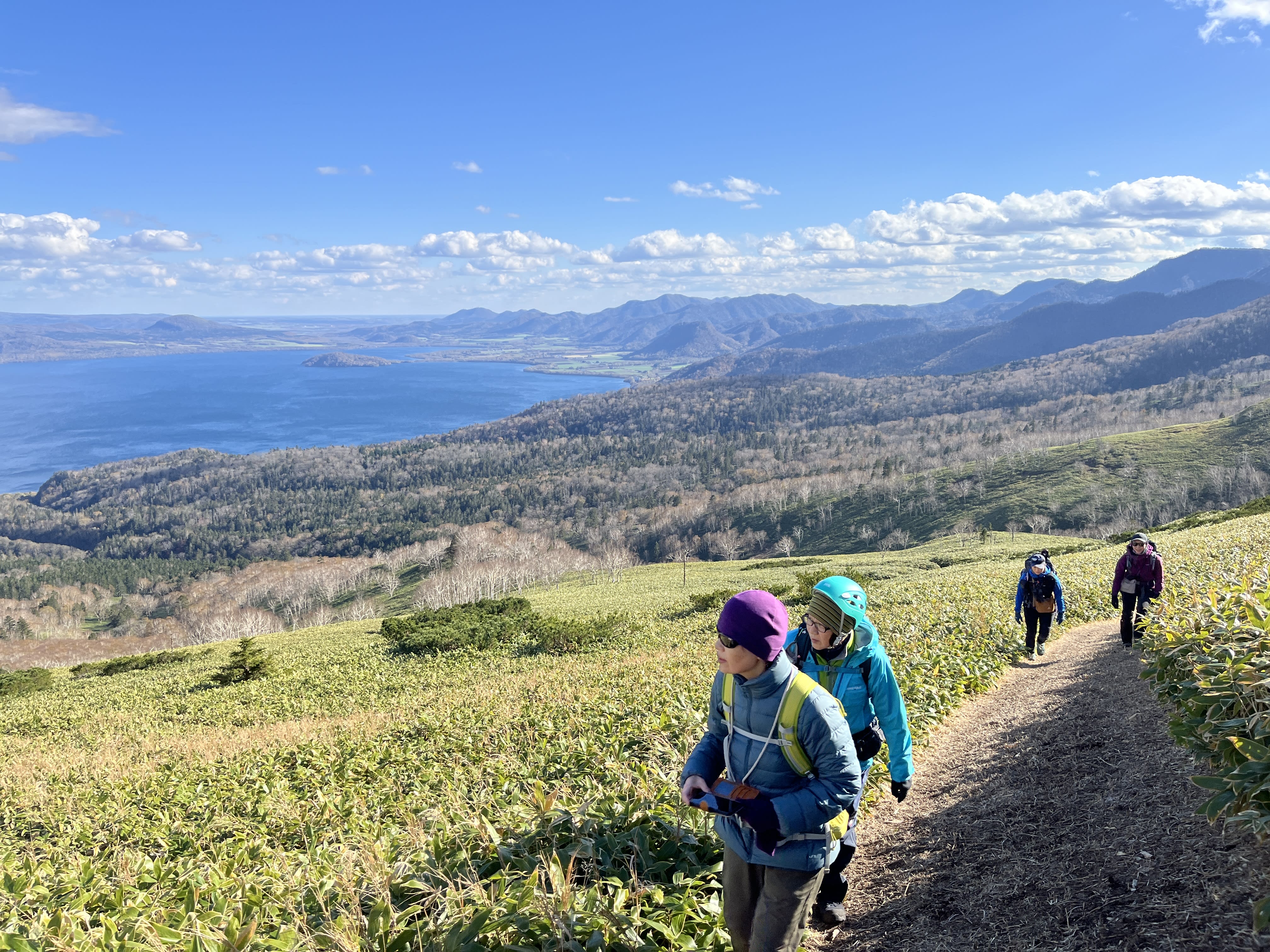
The northernmost section features the Shiretoko Peninsula, the narrow finger of land poking into the north Pacific, with its rugged coastline and dramatic landscapes. Shiretoko National Park was designated a UNESCO World Natural Heritage site for its interaction of land and marine ecosystems. “Shiretoko means ‘end of the earth,’ in Ainu” says Terayama. “This section of the trail is on land, of course. But you really feel part of the sea.” Shiretoko’s wildlife includes brown bears, sea lions, and sperm whales, and the waters offshore are an important resource for the area’s fishermen. The northern trailhead ends at the important fishing port of Rausu.

Connecting with the Land and People
What makes long-distance hiking truly special is not just the natural scenery but the connections made along the way. Japan’s national parks are a mix of private land, Hokkaido prefectural land and local government land, and include residential areas, farms and small communities. Walking the trail gives hikers the opportunity to meet local people, learn about their lives, and see how they coexist with the land.

While most of the Hokkaido East Trail follows existing roads, approximately 10 to 20 percent have been marked a natural trails. Terayama suggests that a typical thru-hike could take about one month, with time for rest and recovery. Accommodations are generally available, at hotels, inns, minshuku (family-run guesthouses, with some campgrounds located in scenic spots. Due to Hokkaido’s huge expanse and relatively small population, the choices are limited.

For those interested in section hiking, local transportation options are possible, though hikers should be mindful of very limited train and bus schedules. There is a JR railway line near some sections but trains are rare, as they mostly cater to commuting schoolchildren.
Preparing for a Safe and Enjoyable Trek
With climate change responsible for increasingly hot summers even in northern locations like Hokkaido, Terayama recommends hiking in the spring and fall for a more comfortable experience. “June may be the most beautiful month, because of the freshness of the early summer vegetation,” he notes. “September and October are also great months to hike, though it can get a bit chilly.” For those who enjoy autumn colors, late October is best, he says. Many of the roads are closed over the winter months, as Hokkaido receives a good amount of snowfall.
Terayama believes that long-trail hikers should prepare the same way as for any other hike that covers wilderness areas. “There are wild animals, including bears, along the trail,” he says. “So it’s essential to take precautions, like managing your food responsibly when camping, and understanding the basic rules of hiking safely.” As far as respect for the natural environment goes, he stresses the importance of following the Leave No Trace approach, seven simple rules hikers can follow to protect the land (see below). This awareness and respect for nature goes a long way in making the trail experience a rewarding one.

Looking Toward the Future
The Hokkaido East Trail is still in its early days, with various initiatives to support hikers underway. The Kawayu Visitor Center, located around the halfway mark of the route, has English-speaking staff, and offers many services, from a café to extensive information about the local natural environment and the trail. The trail management office is also located within the center. (It closes during the winter months.) An English-language website is expected to launch in the first half of 2025, along with model plans for section hikes. In the meantime, maps can be downloaded from the current website. As there are few physical markers along the trail at the present time, hikers are advised to use the GPS maps.

Terayama, a passionate advocate of the Hokkaido East Trail and long-trail walking in general, believes that the physical experience of walking is transformative. “Our bodies are made for walking,” he says. “After walking for three or four days, you begin to feel your body’s rhythm and strength, and the landscape around you becomes more beautiful. Everything—the roads, the mountain trails, even the paths between people’s homes—seems to come alive in a way you can’t fully appreciate until you’re on foot. That’s something you want to share.”
Hiking the Hokkaido East Trail is a journey of discovery, not just of breathtaking landscapes, but also of the connection between nature, culture, and the joy of moving through the world on foot.

Doing Your Part to Protect the Parks
The Seven Leave No Trace Principles
- Plan Ahead and Prepare: limit damage to natural and cultural resources
- Travel and Camp on Durable Surfaces: minimize the human impact on the outdoors
- Dispose of Waste Properly: limit human impact on outdoor spaces
- Leave What You Find: protect the rocks, plants, and other objects of interest
- Minimize Campfire Impact: limit the threat of fires and forest destruction
- Respect Wildlife: limit the negative impact on animals and their natural habitat
- Be Considerate of Other Visitors: let everyone enjoy their interaction with nature
